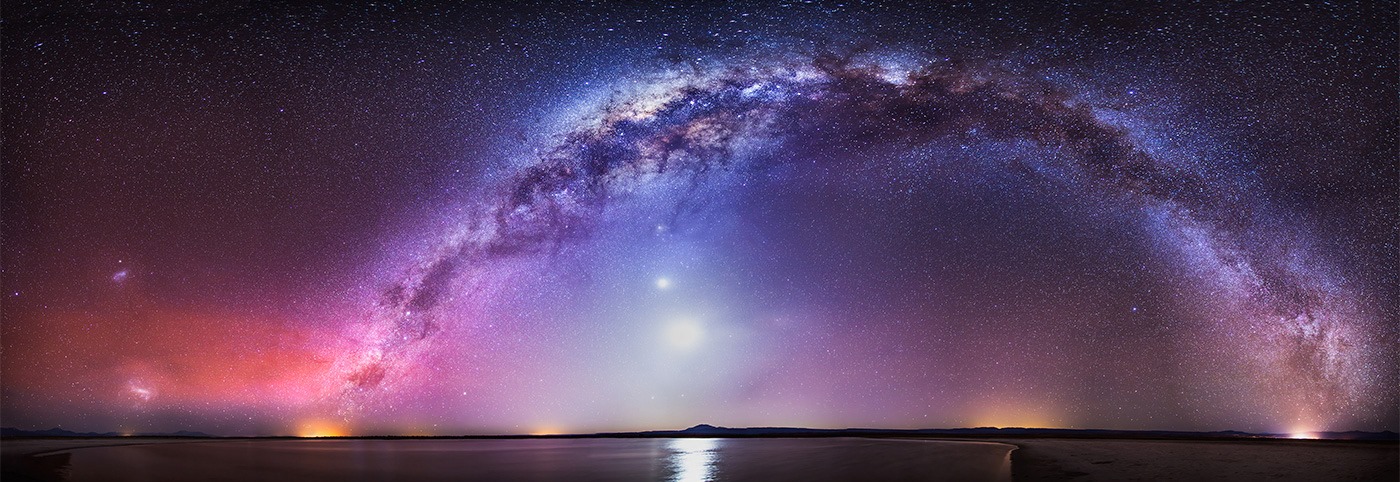Tim Peake on Twitter
Great to be in #York today meeting 100s of students at another @spacegovuk schools conference! @UniOfYork pic.twitter.com/3yARHidcmg — Tim Peake (@astro_timpeake) November 5, 2016

Great to be in #York today meeting 100s of students at another @spacegovuk schools conference! @UniOfYork pic.twitter.com/3yARHidcmg — Tim Peake (@astro_timpeake) November 5, 2016
VIDEO: Find out more about @Thom_astro's #Proxima mission to the @Space_Station, set for launch on 17 November https://t.co/QBh9YxKkzc — ESA (@esa) November 5, 2016
Look through the cosmic cloud cataloged as NGC 281 and you might miss the stars of open cluster IC 1590. Still, formed within the nebula that cluster’s young, massive stars […]
@espepla Part of our @ESA__Education programme for students — ESA (@esa) November 4, 2016
#FF for our new @esaspaceflight channel – covering European human spaceflight, astronaut training, science with gravity and Orion's ESM — ESA (@esa) November 4, 2016
Europe-wide team is bringing our proposed #AIMmission nearer to life https://t.co/eNtPIo7TW9 pic.twitter.com/Rcki2y5YqU — ESA (@esa) November 4, 2016
#ESA and the #Vatican Library join forces to ensure the preservation of information for future generations. More at: https://t.co/jQX0N1yu5h pic.twitter.com/162HRzHYll — ESA EarthObservation (@ESA_EO) November 4, 2016
A new Human Space #Physiology training course for medical and biology students. Apply before 28 Nov: https://t.co/tqkp3wFiQU pic.twitter.com/GW4Jn2TrXM — ESA (@esa) November 4, 2016
"It gave me such a boost" 🚀 We asked @astro_timpeake about #spacerocks and being Tweeted by @eltonofficial and other 🎵 stars pic.twitter.com/B61crlJA0t — Twitter UK (@TwitterUK) November 4, 2016
Starting NOW! https://t.co/LOIA0EUs5t — ESA (@esa) November 4, 2016